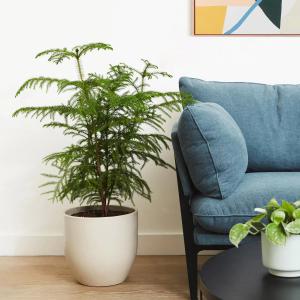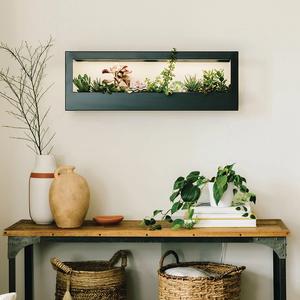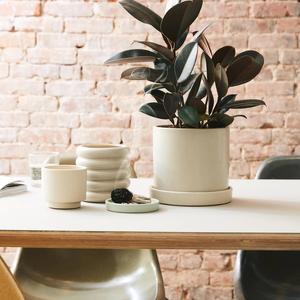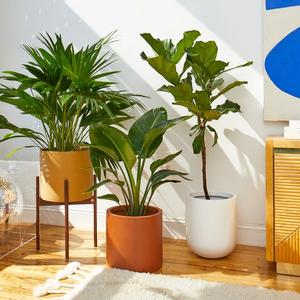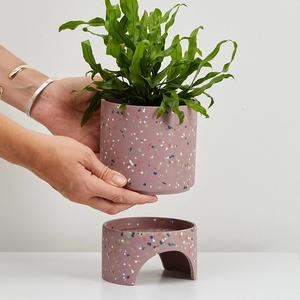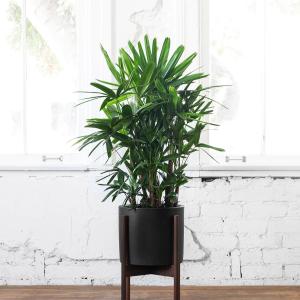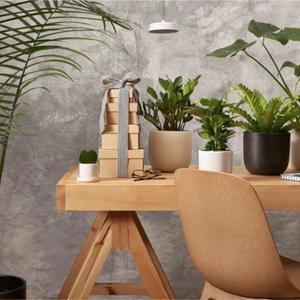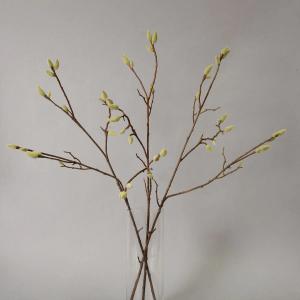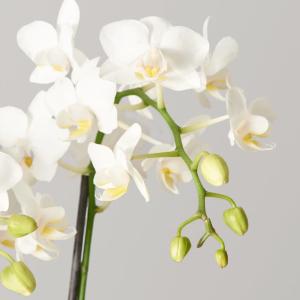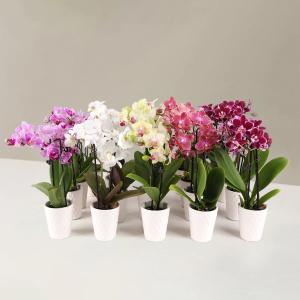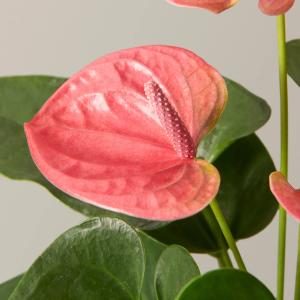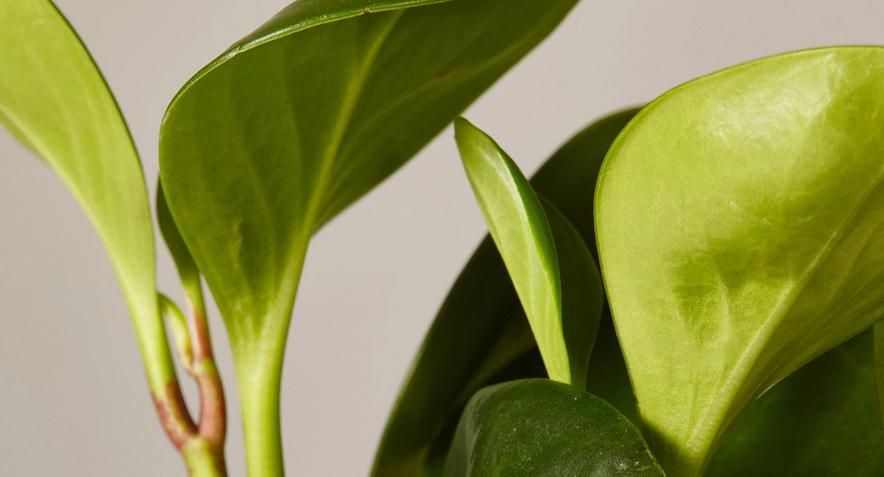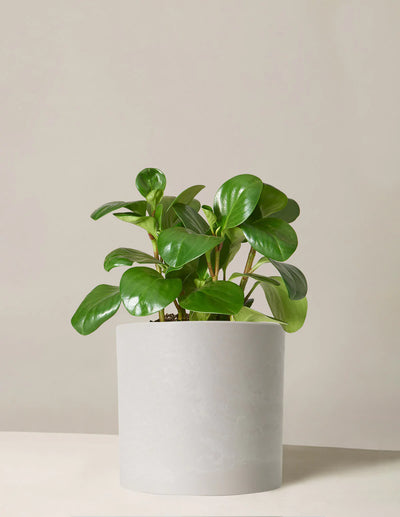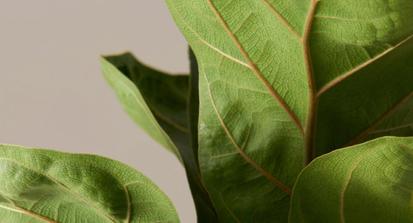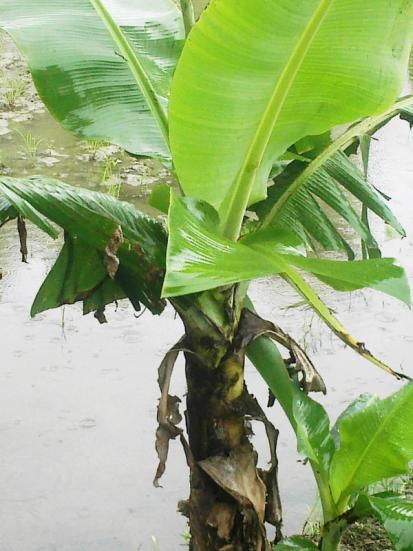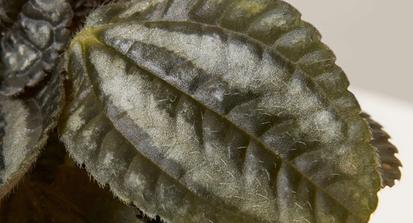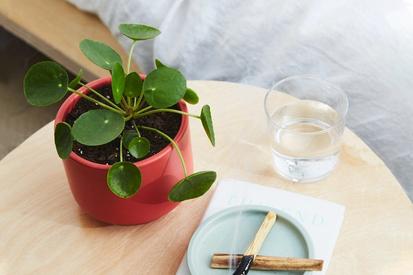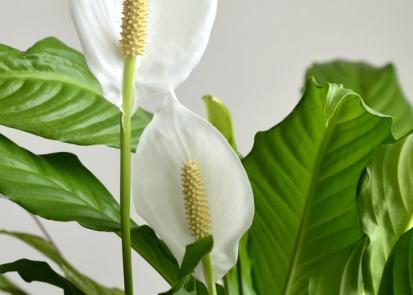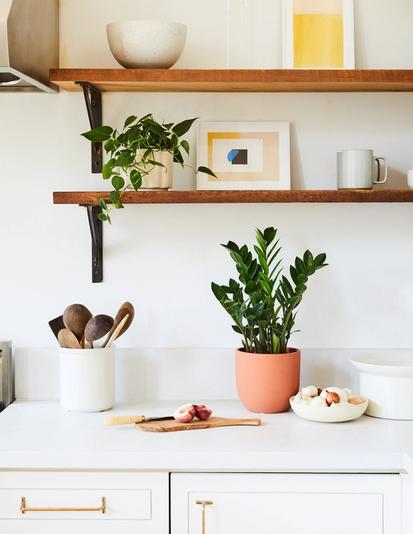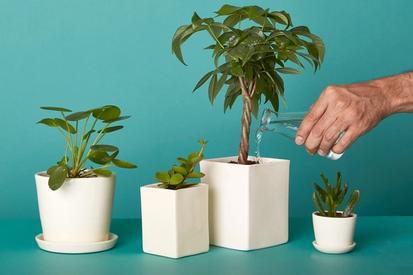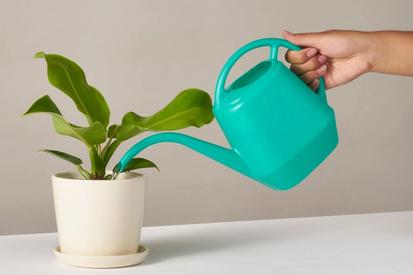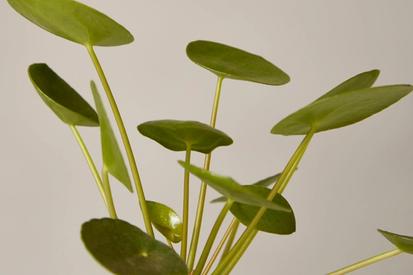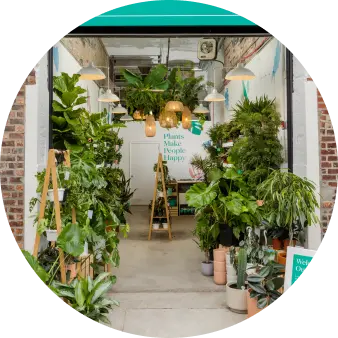It is official—the National Garden Bureau declared 2022 the Year of the Peperomia. “Peperomia are having their much-deserved time in the sun,” NGB shares, “though they have been sold as houseplants since the 1930s.”
The genus is home to over 1,000 species that are diverse in appearance: some with heart or lance shaped leaves, others almond or oval shaped. Their leaves can be solid green, marbled or striped—even gray or red. Native to tropical areas like southern Florida and South & Central America, Peperomia plants can be found on the forest floor, making them tolerant of lower light conditions.
If you aren’t sure if your plant is part of the Peperomia genus, wait for it to bloom. The National Garden Bureau says Peperomia’s “rat-tail” inflorescence, or cluster of flowers, is a way to recognize its species. However, Peperomia plants are not grown for their flowers, but for their beautiful foliage, easy-going nature, and pet-friendliness.
The Peperomia Obtusifolia (Peperomia obtusifolia) is a succulent-like variety of Peperomia, originally found in the rainforests of South America. It is nicknamed the Baby Rubber Plant, although it is unrelated to Hevea brasiliensis, the primary resource of natural rubber, and Ficus elastica, commonly called the Rubber Tree.
Peperomia Obtusifolia
The Peperomia Obtusifolia is characterized by its thick, upright stems with glossy, spoon-shaped leaves, which store water. In its natural habit, the plants leaves will shrivel in drought and plump after it rains. The leaves are typically a vibrant green but can also have white-and-green variegation that resembles marbling.
How much sunlight does a peperomia need?
Most varieties of Peperomia plants prefer medium to bright indirect light, but can tolerate low, indirect light. Peperomia plants are not suited for intense, direct sun.
How often should you water a peperomia?
Water every 1-2 weeks, allowing the potting soil to dry out between waterings. Expect to water more often when your cactus is in brighter light and less often in lower light.
Native to the tropics, some of the less-succulent varieties of Peperomia can benefit from higher humidity. However, be mindful not to over water them. Leaves that yellow then drop, combined with moist potting mix, can be a sign of overwatering.
What temperature does a peperomia prefer?
Like most common houseplants, Peperomia plants prefer an average indoor temperature of 65°F to 75°F. If you’re comfortable in your space, your houseplants probably are, too. Remember to keep plants away from heating and cooling systems, or open doors and windows, that can cause temperature fluctuations and drafts.
How big does a peperomia get?
Plants from the Peperomia genus are popular houseplants because they are petite and compact. Indoors, most Peperomia plants will stay fairly small, never surpassing two feet tall.
Are peperomia easy to care for?
Peperomia are are generally easy houseplants to grow. They are resistant to most plant pests, however, treat pests as soon as they appear with weekly sprays of neem oil or an insecticide, and regular wipe-downs of the infected plant. Other common plant problems you can look out for are:
SYMPTOM: Dull, fading leaves
CAUSE: Too much direct sun
SYMPTOM: Wilting, with dry potting mix
CAUSE: Underwatered
SYMPTOM: Wilting, plus leaf loss
CAUSE: Overwatered
SYMPTOM: Browning of leaf edges or tips
CAUSE: Cold drafts
Are peperomia safe to keep around pets?
The Peperomia family is pet-friendly! Peperomia are non-toxic, making them safe to keep around your furry friends. However, the best practice is always to keep new houseplants out of reach of small children and curious pets just in case.
Words By The Sill
Empowering all people to be plant people—a collection of articles from The Sill’s team of plant experts across a variety of plant care topics to inspire confidence in the next generation of plant parents. Welcome to Plant Parenthood™.


